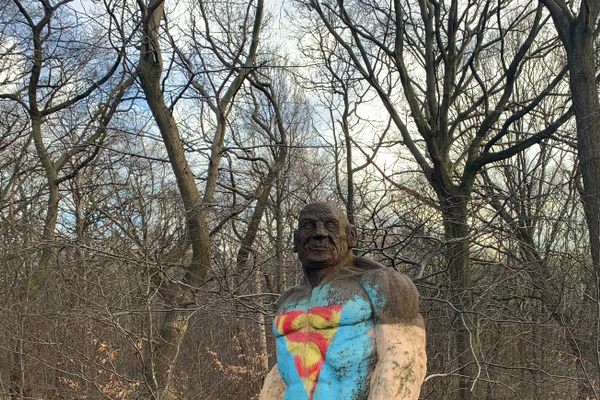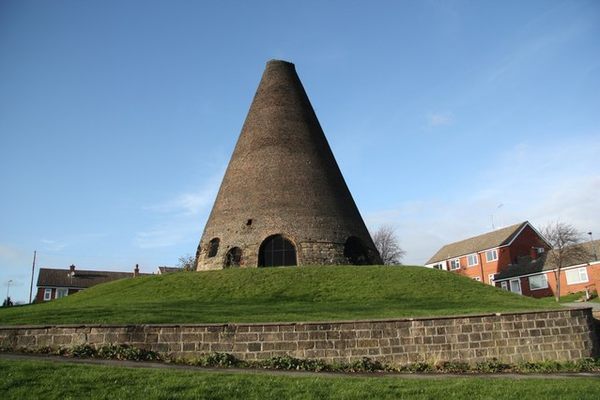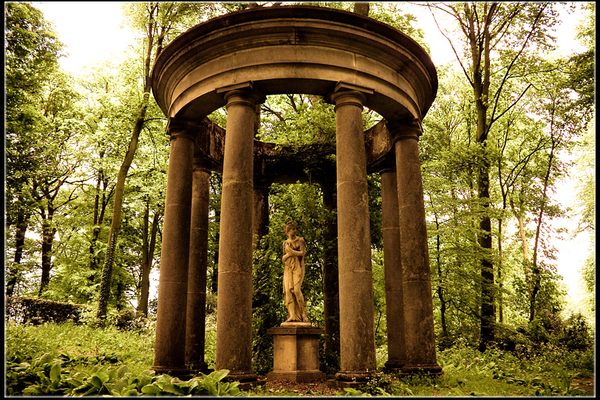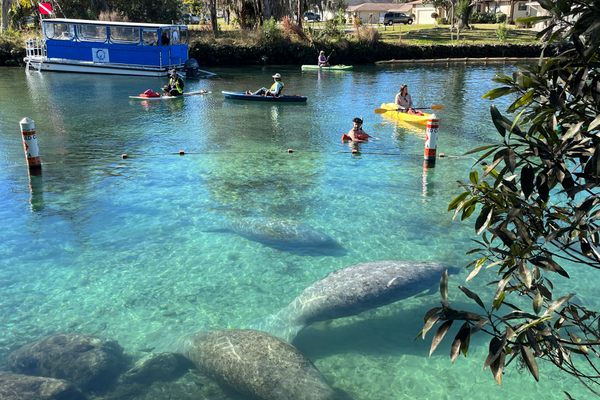The Birley Spa Bathhouse
This old Victorian bathhouse is fed by an ancient spring.
Birley Spa is a wonderful Victorian Bathhouse that has often been described as the best-kept secret in Sheffield. The site has a long, but largely unknown history.
In 1952 archaeologist L.H. Butcher found flint microliths in this area, ( Birley Spa Place) possibly arrowheads or tools dating from the Mesolithic era, part of the stone age.
Local legend states that this site once housed a Roman Bath, with some believing the pool in the Bath House today is from Roman times. It is not, but the site of the Roman road, Ryknield Way close by indicates that they were very likely aware of the spring.
It is mentioned in historical texts from the 18th century that the therapeutic attributes of the Birley Spa waters had been known of for hundreds of years, both for bathing and drinking. But the first record of a building for the purpose of bathing was 1701. This simple square stone building contained a small round bath and the door could be locked from the inside with a bolt, to ensure the bathers privacy. This building was built by a Mr Sutcliffe, possibly a doctor and/or a quaker. This building was still shown on maps as intact as late as the 1790s. But by the early 1800s was shown to be a pile of stones with a pool in the hollow. A stone bearing the inscription 1701, believed to be from the building, was found later being used as part of the supporting wall of the pond. Sadly this has since been lost.
In 1734 Dr Thomas Short of Sheffield, in his book entitled Mineral Waters of England, mentions Birley Spa in the same sentence as Buxton, an indication of the high regard its waters were held in.
The 2nd Earl of Manvers Charles Herbert Pierrepoint succeeded to his position in 1816 and Hackenthorpe and Birley Spa were part of his not inconsiderable estate. The local residents were well aware of the curative power of the waters. They implored the earl to develop the site so that people from far and wide could benefit.
Plans were drawn up and work was started with no expense spared to build a most commodious establishment. The design was in the Dutch style, very popular at the time, making use of the ravines’ natural topography to have the first floor access to the hotel at ground level with the bathing pools underneath. There was a cold stone bath with steps into it, which remains today, also a heated pool, there may have been more as various services were provided. A committee was set up of local businessmen, including Thomas Staniforth of the Sickle Works to oversee the running of the Bath house. They appointed George Eadon and his wife to run the Spa and hotel.
The Spa opened to great acclaim on 1st May 1843. Lord Portland of Welbeck was one amongst several notable visitors. Guests could make use of the Hotel facilities before and after their bathing experience and Mrs Eadon made sure they were all treated to coffee and bread and butter.
Despite best efforts the Spa never became a financial success, over time proprietors changed, prices were dropped, all to no avail. The hotel closed in 1878 and was converted to two cottages some time later, the heated pool had been removed by 1895.
In 1912 the 4th earl, Charles Pierrepoint put the bath house up for sale, it was purchased in 1913 by George Moulson. Together with his partner William Smith they developed the Childrens Pleasure grounds. They dug out around the stream to make a pond that was used as a boating lake, above it was a paddling pool. In the garden was a wishing well, there were swings at the other side of the building and a sandpit. There was also a Wonder Tree, a gnarly and twisted old oak where, it was claimed, you could make out pictures of animals in its branches. Entrance to the pleasure grounds was through a turnstile and tea and hot water were available. Although this is not shown on the original plans, there is evidence that tennis courts and a pavilion were added at a later date.
The pleasure grounds appear to have been the most successful era for the Spa, for working class families, Sunday school trips etc., it catered to a huge audience and had many returning visitors.
At the outbreak of WWII a law was passed prohibiting people congregating in groups, due to the threat of air raids, this forced the closure of the grounds, never to reopen.
Following boundary changes in the 1950s the whole area came under Sheffield City Council.
28th June 1973 the building was awarded Grade II Listed status.
Shire Brook Conservation Group and Shire Brook Heritage Groups were formed in 1989 following the Countryside Management Unit rediscovering “The Lost Valley”
A 1998 bid, for National Lottery Heritage funding to restore the building was successful. This is mostly attributed to the hard work and passion of Alan Bailey, who had worked as a volunteer 7 days a week for many years across the whole Shire Brook valley. He was awarded an MBE in the same year for his efforts.
The restoration took much longer than expected but in July 2002, the Spa was opened as a community space to great fanfare, again.
The roof was badly damaged by lead thieves shortly after, the railing fence then appeared. The building soon fell into despair amidst claims that the the community had no interest in it.
Friends of Birley Spa was formed in September 2018 in response to the councils’ intention to sell the building. The Spa is now an Asset of Community Value. Work has started to restore the grounds and it is hoped an application for funding to restore the Bathhouse once and for all will be submitted soon.
Know Before You Go
Due to the state of the building, at the present time, it is only open for certain events, please check website for details. The grounds are publicly accessible all year round, there is an abundance of wildlife to see and some beautiful walks in the area.



















Follow us on Twitter to get the latest on the world's hidden wonders.
Like us on Facebook to get the latest on the world's hidden wonders.
Follow us on Twitter Like us on Facebook